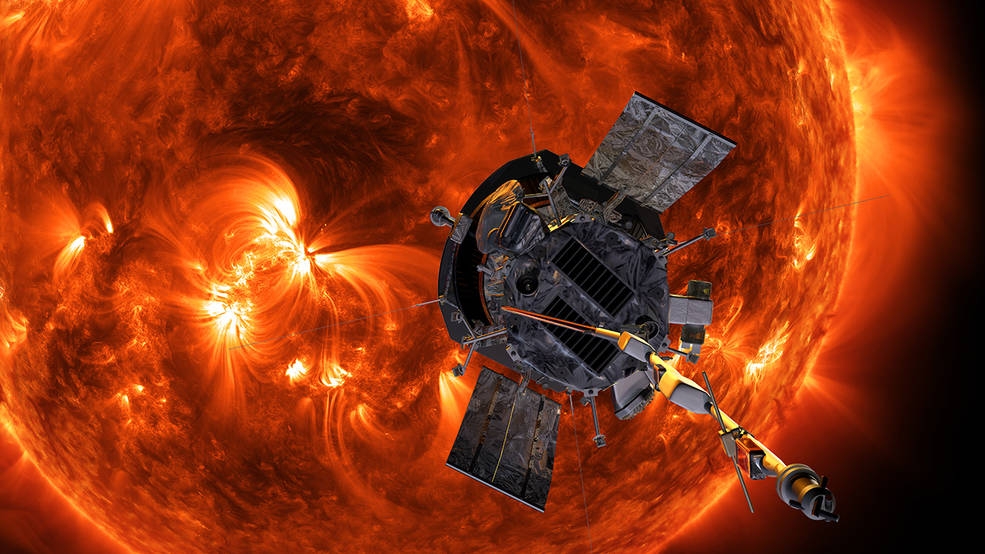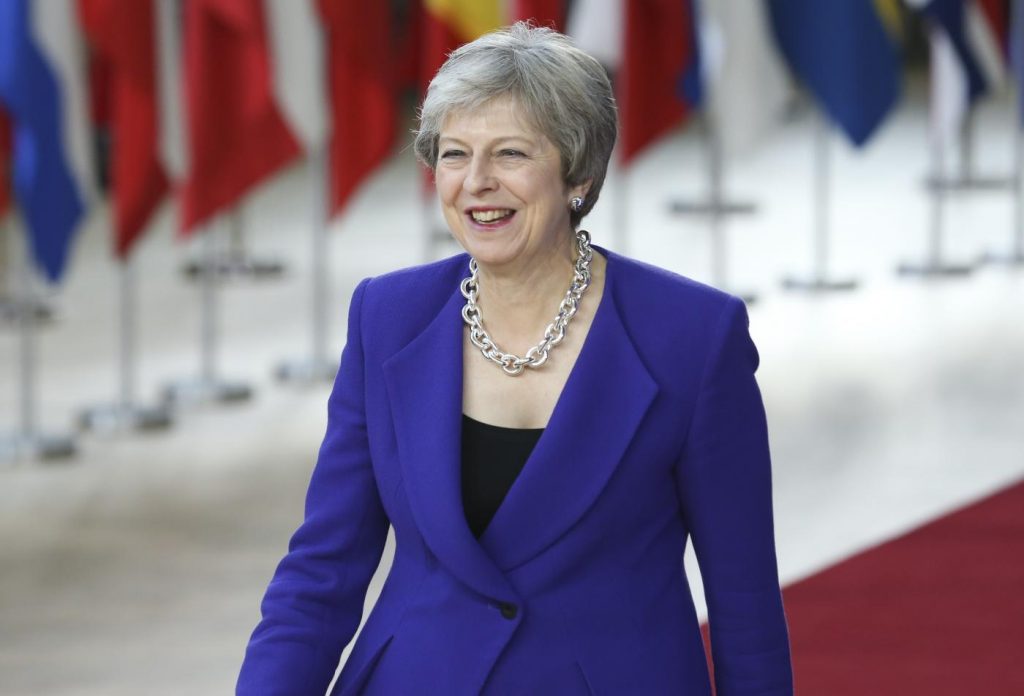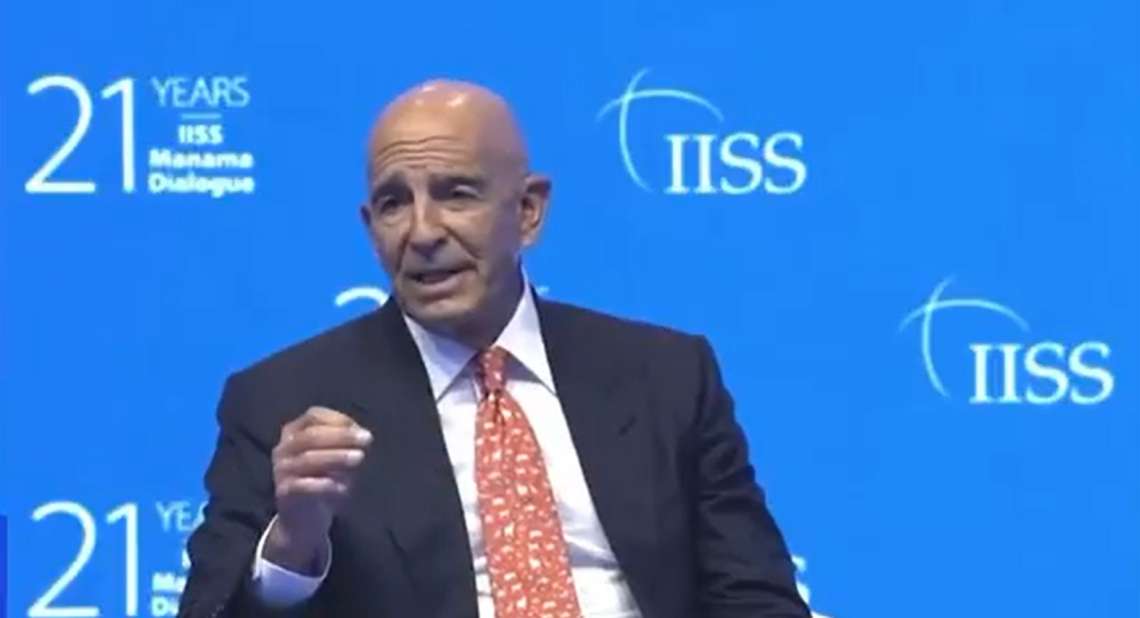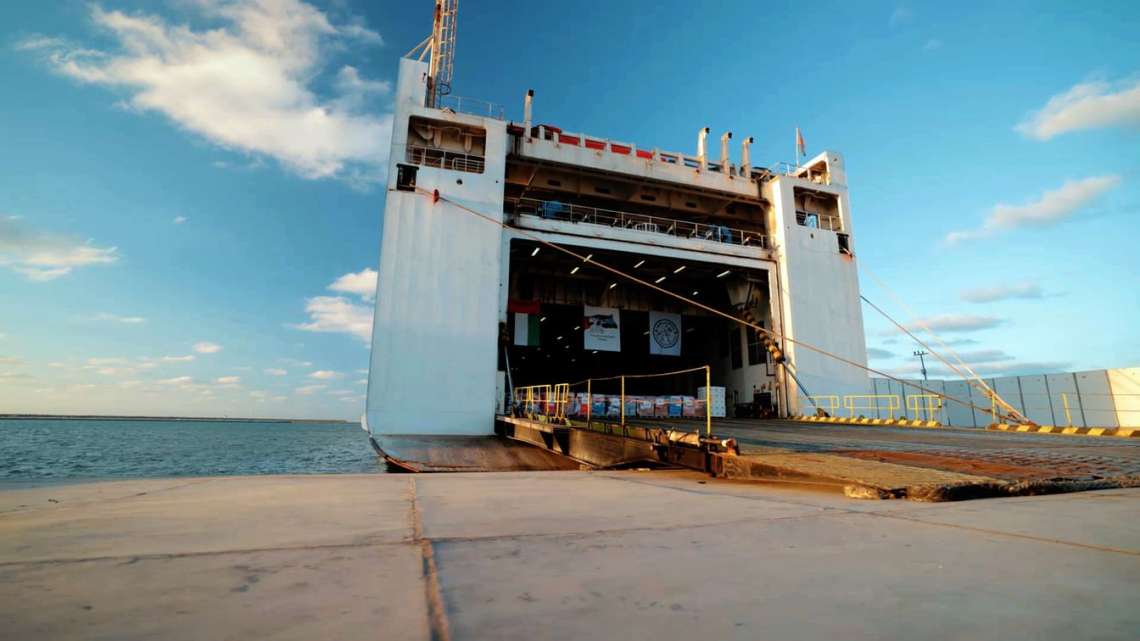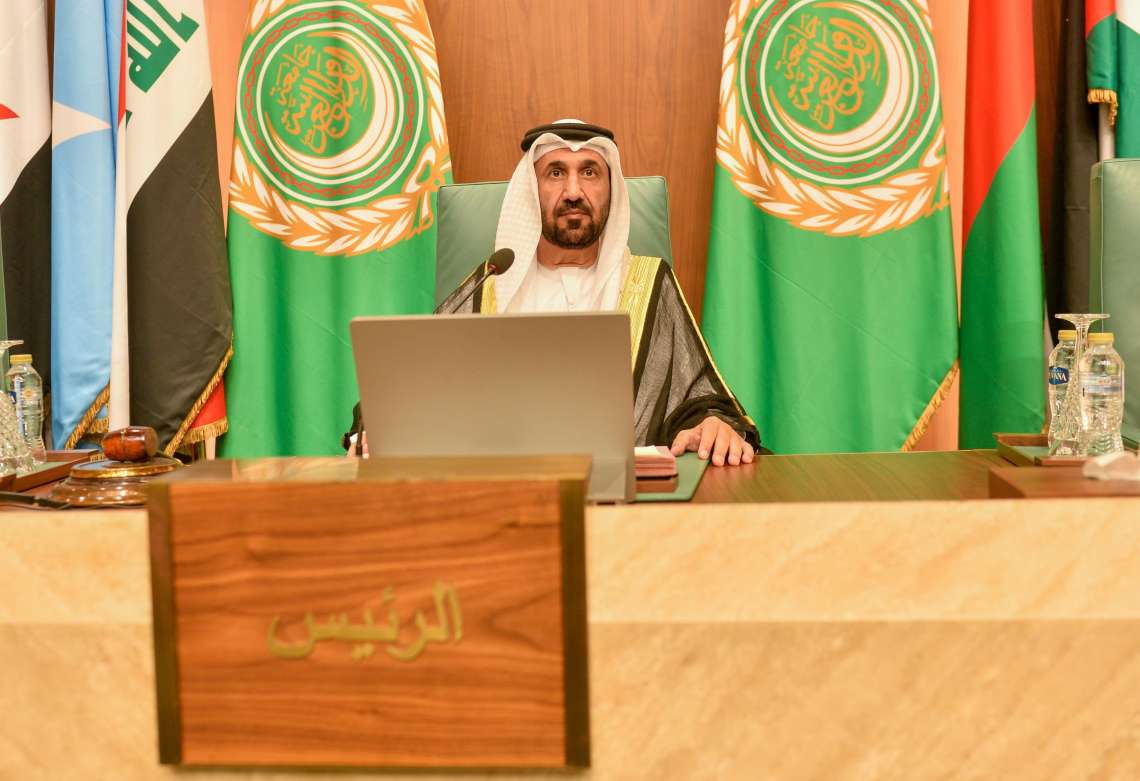NASA announced that its Parker Solar Probe, the fastest spacecraft in history, has completed its second close approach to the Sun and is now entering the outbound phase of the second solar orbit…reports Asian Lite News

At 6:40 p.m. American Eastern Time on Thursday, the spacecraft passed within 15 million miles (24 million kilometers) of the Sun, tying its distance record set in October as the closest spacecraft ever to the star, according to NASA.
Parker Solar Probe was travelling at 343,112 kilometers per hour during this perihelion.
The spacecraft is operating well and all instruments are collecting science data, sending back normal signals through NASA’s Deep Space Network.
“We’re looking forward to getting the science data down from this encounter in the coming weeks so the science teams can continue to explore the mysteries of the corona and the Sun,” said Nickalaus Pinkine, Parker Solar Probe mission operations manager.
Parker Solar Probe began this solar encounter on March 30, and it will conclude on April 10.

